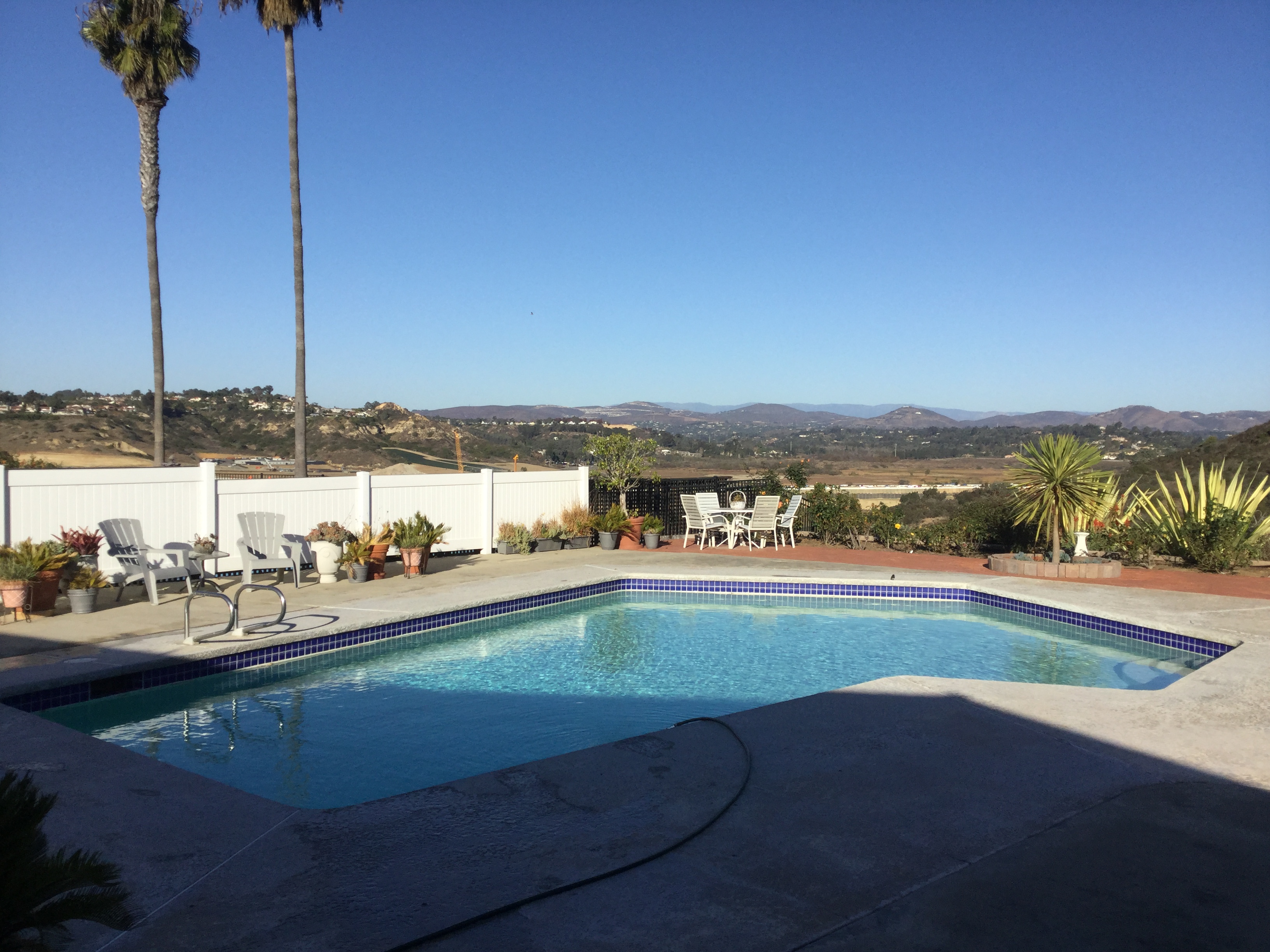The Best Way To Remove Calcium From Your Swimming Pool
Dec 07, 2017

When it comes to owning a swimming pool in many parts of the country, dealing with high levels of Calcium Hardness (CH) in the water is extremely common. We've found that in many parts of the Southwest United States deals with much higher levels than others but many parts of the country in some form deals with moderate to high levels of calcium in their tap water. Since this happens, if you own a swimming pool familiarizing yourself with ways to remove or lower calcium from your swimming pool is extremely important. We hope this blog post helps to explain why calcium can not only damage your swimming pool but why it's so important to lower it when levels get high.
Dealing with calcium in your tap water is something you can't stop. It's where our water is sourced that is why it's extremely important to familiarize yourself with the harmful effects of it. In the swimming pool industry it's recommended to have 200-400 parts per million (ppm) CH in your swimming pool but in many parts of the country, the tap water coming out of the tap is much higher than what is recommended!
So what exactly does high levels of Calcium Hardness in your swimming pool do?
This is a common question that we get asked and we want to let you know that when water in your swimming pool evaporates, the calcium hardness minerals remain in solution and gradually build up in concentration. When calcium levels climb above 600ppm the calcium will scale your water tile line, the interior finish, filtration equipment, decorative water features, spillways and salt chlorinators (if you own one). This can be an eyesore to look at and be extremely expensive to remove.
One way to monitor your pool calcium levels is using test kit. We would recommend using Taylor test kits, it's one of the most accurate test kit available in the market. If you want to know more about how to use the Taylor test kit click here.
Please keep in mind, draining a swimming pool is extremely dangerous and wastes a ton of water. In many parts of the country where drought conditions are high this service is great because it only wastes 15% of the water. The benefits of using reverse osmosis system are no downtime, the interior finish is never exposed. you can swim in the pool during filtration and the water is much better than tap.
